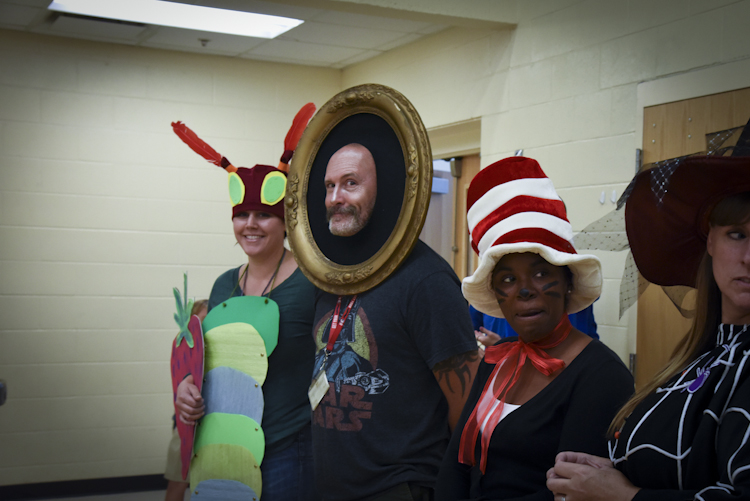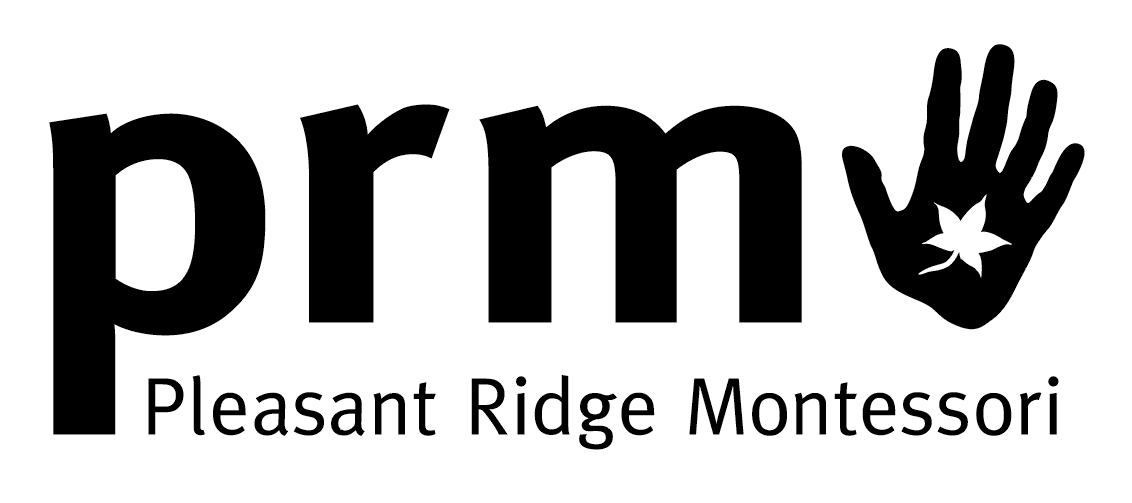
PRM and Technology
Technology instruction has always been a key component in education here at PRM. Now, more than ever, a child’s ability to assimilate into the digital age is of the utmost importance. As we have seen with the state closure with remote learning, students’ need to a clear understanding of the tools within their reach, how to access assignments and be able to communicate with their instructors.
There are several reasons why technology is so important; here are just a few:
Students demand it.
Students are engaging with technology constantly outside of the classroom. Kids like to be interactive, and learning through technology has now become a part of their lifestyle.
Kids are the digital native.
Kids know technology better than most adults. It has become the easiest way they learn, because it is such an integral part of their life. In this day in age, they hardly know how to learn without it. If this past year, with remote learning in place, has taught us anything, it’s that children MUST be kept up to date with the latest trends in technology as well as applications necessary to facilitate the educational process outside of the classroom.
Kids can learn at their own pace.
With the integration of technology in education, children have the ability to slow down and go back over lessons and concepts, and more advanced kids can go ahead. It also frees up the teacher to help kids on a more one-on-one level. In regards to remote learning, technology allows students to work at their level and not feel the pressure of any kind of time limit.
With technology, there are no limitations.
Having access to other information outside of the book gives students many different ways to learn a concept. Teachers can come up with creative ways to teach their students that keeps them engaged. Technology has changed the learning environment so that learning is more hands-on. Schools throughout the nation are diverse in income, and often kids don’t always get the resources they need. The implementation of technology in schools helps close that gap.
Technology has the ability to enhance relationships between teachers and students.
When teachers effectively integrate technology into subject areas, teachers grow into roles of adviser, content expert, and coach. Technology helps make teaching and learning more meaningful and fun. Students are also able to collaborate with their own classmates through technological applications. With an uncertain future ahead of us with what our classroom education may look like, students and teachers only means of communication may very well be through technology.
Technology is necessary to succeed outside of primary and secondary education.
Whether we like it or not, technology is an essential concept to learn. Because it changes so quickly, children are better off learning about it sooner. It is a primary part of every industry, and there is no way around it. These days, technology means more than just learning basic computing skills. Preparing elementary students for high school and the challenges they will face technologically is one of our main goals here at PRM.
With an uncertain future ahead of us in regards to education and what that will look like, Technology at PRM is going to adapt to the needs of the students and help them navigate remote learning. Starting at a much younger age, students will be learning about Google Docs and Meet, how to share documents with their teachers and how to collaborate with other students on assignments. Any and all applications used by teachers during this time will be introduced during technology so that children truly grasp the material taught. Keyboarding will still be an integral part of technology because without the ability to navigate the keyboard, most applications we utilize become futile.
Parents can be willing and supportive partners as we move through new and exciting opportunities in technology education. Together, we will help our students navigate this uncertain future of distance and remote learning.
